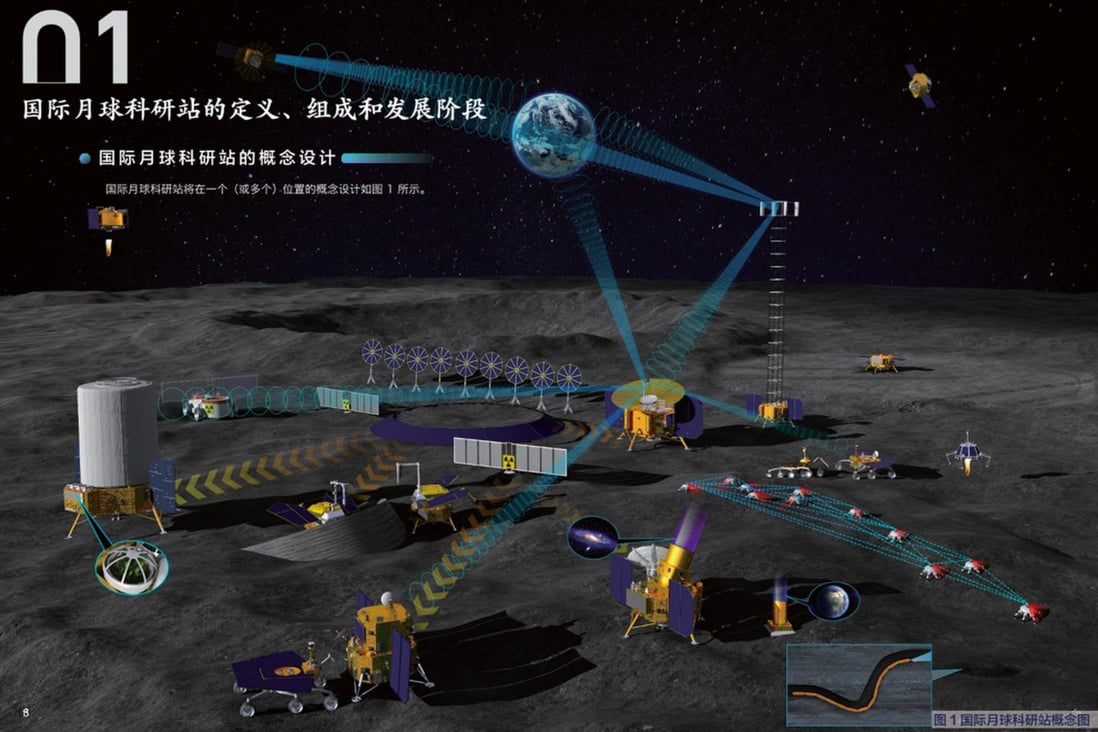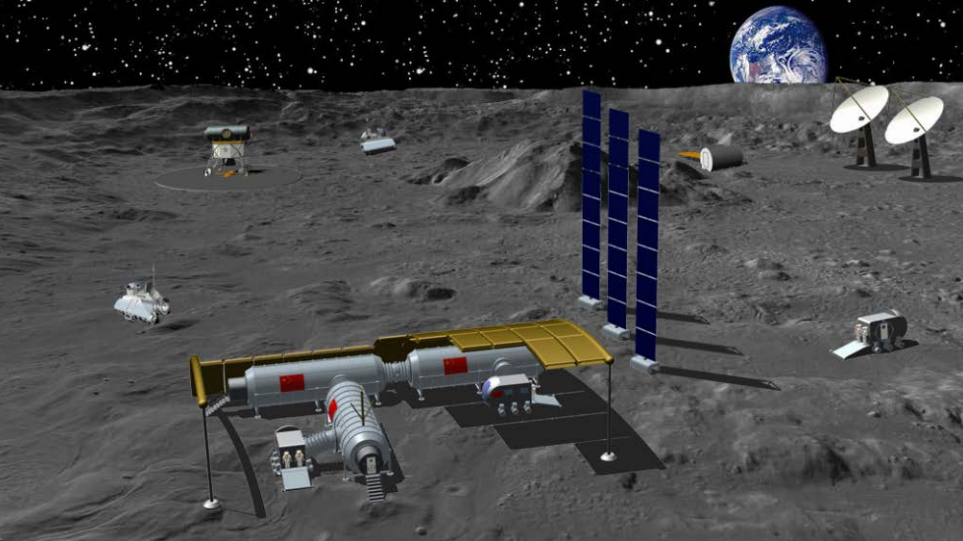China’s chief of the lunar program has announced that the country’s lunar base, which is to be established on the Moon’s south pole, will be powered by nuclear energy.
“We are now developing a new system that uses nuclear energy to address the moon station’s long-term, high-power energy demands,” Wu Weiren, chief designer of the Chinese lunar exploration program, told state broadcaster CCTV on November 21.
The announcement comes just days after China’s arch-rival, the United States, launched its most powerful rocket and kick-started its Artemis mission, about 50 years after it sent its first mission to the Moon.
This is the first step for the US to send humans back to the Moon. The race to space, most notably to the Moon, is heating up.
In January, media reports indicated that Russia and China were negotiating to develop the International Lunar Research Station. As per the joint plan, the station will start hosting crew in 2030.

As for the Chinese lunar station, it is expected to be established before the end of this decade, i.e., in 2028.
China’s willingness to use nuclear power might stem from the fact that it is a continuous, reliable, unlimited, and affordable energy source. If Chinese scientists can optimize it for powering its lunar base, it will also allow astronauts to generate oxygen and water.
The chief designer did not offer specifics of how he wanted to achieve the goal of developing nuclear power for a lunar base.
However, similar assertions were made last year when Chinese space scientists revealed that they were developing a powerful nuclear reactor for China’s Lunar and Mars missions. The project was started in 2019 with the help of government support.

At the time, the researchers stated that the reactor might produce one megawatt of electricity, making it 100 times more potent than a similar device that NASA hopes to place on the Moon’s surface by 2030.
On its part, NASA announced in November 2021 that it was working on establishing a “durable, high-power, sun-independent” fission reactor on the Moon by 2030.
If previous reports are anything to go by, China seems to be preparing to give stiff competition to the US lunar ambitions.
The Chinese research team told South China Morning Post last year that the engineering design of a prototype machine was completed, and specific crucial components had been produced.
China’s Ambitious Lunar Base Is Coming!
China will finish building its Moon station by 2028, much earlier than the previously fixed schedule of 2035. The basic configuration of the Chinese lunar base will include a rover powered by nuclear energy with a hopper, an orbiter, and a Lander.
The rover is expected to be larger than the two China-operated rovers on the Moon earlier. Wu claimed that nuclear energy could also be used to power the hopper, a machine intended to lift off from the lunar surface numerous times and bounce in and out of a crater’s constantly shadowed section in search of water.
Nuclear energy will support the station’s communications facilities to maintain communication with Earth and power the station’s communications systems. It will also stay connected to the Earth and relay signals between the Earth, Mars, and deep space. China has also announced its desire to explore deep space.
“China was the first country to propose building such a research station at the lunar South Pole,” Wu said. At the latitude of about 89 degrees south, he said there could be 180 consecutive days of light to sustain extended operations for both instruments and astronauts.

Wu stated that the Chang’e 6, 7, and 8 missions would build the fundamental setup, and the Chinese astronauts would land on the Moon for the first time shortly after that phase’s completion. After that, the station will be upgraded to a global scientific research facility where astronauts from China, Russia, and other potential partner nations occasionally work. However, the station will stay unmanned for the majority of the time.
This announcement of developing nuclear reactors for the lunar base also comes when China is acing the space game with record speed. China’s space station is set to become operational soon, making it the first country in the world to have its independent space presence.
China has launched five successful missions—Chang’e 1 through 5—to orbit, land on, and return rock samples from the Moon over the last 15 years, including the first-ever landing of a spacecraft on the Moon’s far side.
However, Chinese engineers are still developing the Chang’e 6, 7, and 8 spacecraft, which are a part of the nation’s lunar exploration program’s fourth phase. “We need to increase the thrust power of our rockets by at least four times to support manned landings on the Moon, Mars and mass transport between the ground and near-Earth space,” Wu said.
With the Artemis now taken off and American astronauts expected to make a lunar landing by 2025, the work in China could intensify.
- Contact the author at sakshi.tiwari9555 (at) gmail.com
- Follow EurAsian Times on Google News




